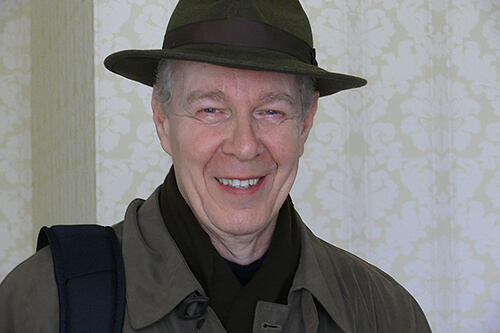For over fifty years, Robert Hecht has been a dedicated fine art photographer. He is largely self-taught, having learned his craft primarily by studying the prints and books of many of the medium's greats, and then by attempting to apply what he absorbed from them in the darkroom (and later in the digital darkroom). In addition, he studied briefly with photographer and teacher Ruth Bernhard in the 1970's, and considers that experience meaningful for giving him direct contact and exchange of ideas with a master. His work has been exhibited internationally, purchased for both private and public collections, and showcased in many of the leading photography periodicals. Professionally, he has worked primarily as a producer-director of educational film and video programs, first at Stanford University and then in his own video production business for the past several decades. He and his wife live in Portland, Oregon.
Statement
I consider photography a way, if you will, to bring my experience of the visual world into clearer focus. Practicing the art of photography, which I consider a way of life in and of itself, has heightened my awareness of how in our everyday lives we are constantly surrounded by interesting subject matter. In contrast, during my early years of doing this work, I looked mainly to the classic landscape for inspiration, often pursuing dramatic vistas with large-format cameras. However, over time I came to see that I do not necessarily have to "go out shooting" or travel to impressive locales to find subjects—rather, I merely have to keep my eyes open to what is right here around me in my immediate environment and, without actually searching for a picture, simply be prepared should a picture jump out of the random visual chaos and present itself to me. This shift in focus has led me to a more spontaneous approach to making images, often enabling me to find great beauty in the most mundane materials at hand.
